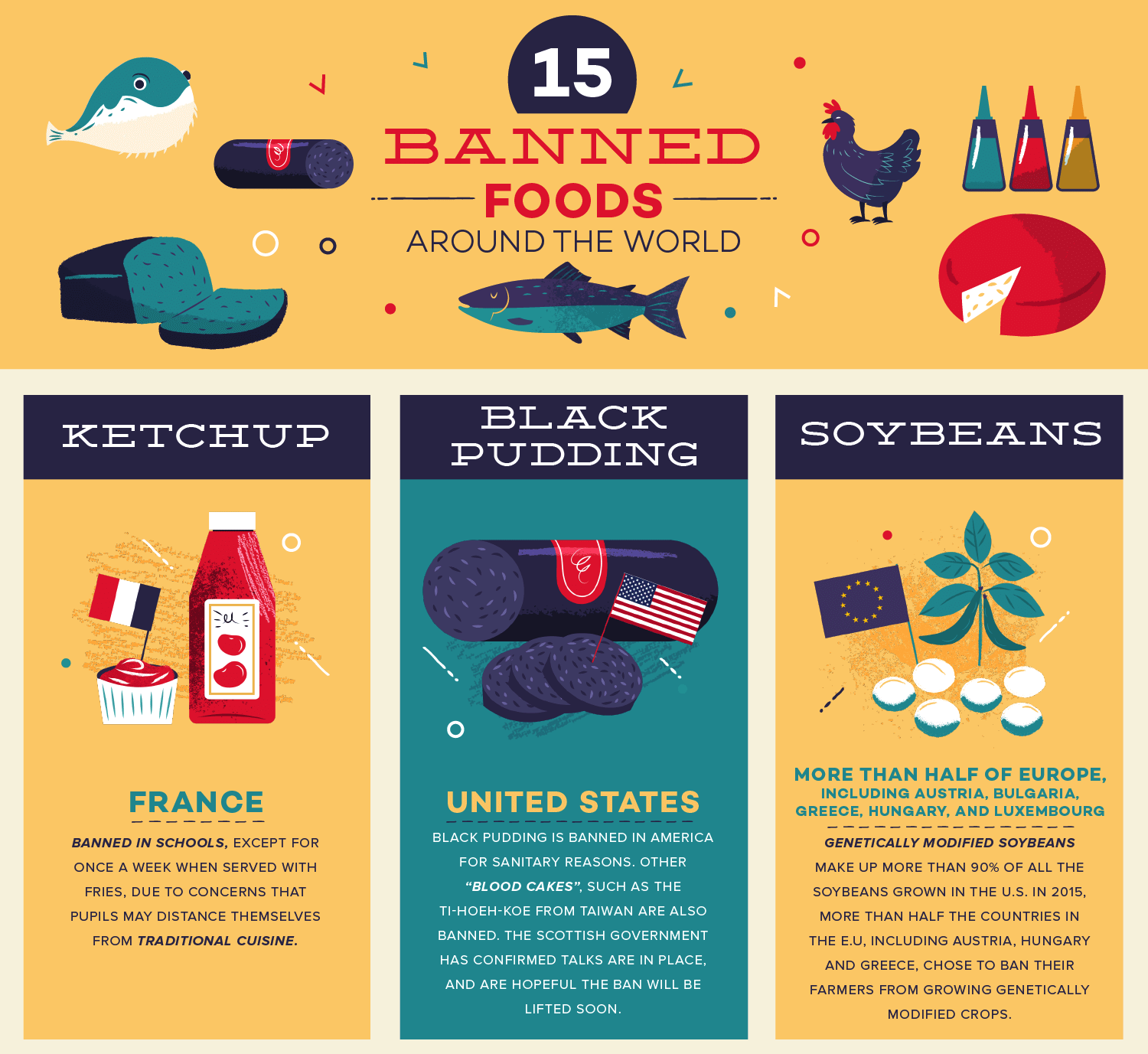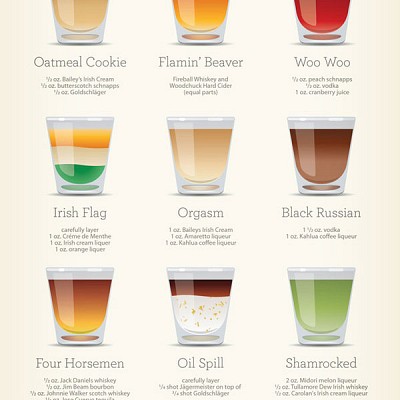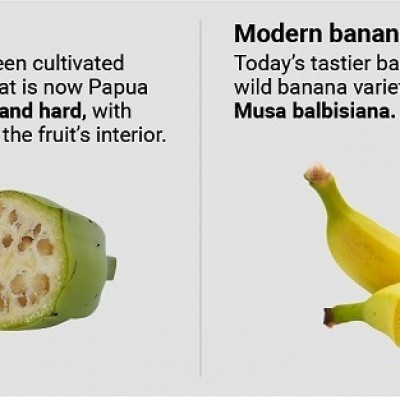The idea of ‘banning’ certain foods is nothing new. We all remember when Jamie Oliver famously had Turkey Twizzlers taken off the school-dinner menu, and the E-numbers backlash of the noughties. But these aren’t the only examples. a whole host of foods have been taken off the shelves for a variety of reasons.
Blaming everything from poisonous contents and concerns over genetically modified food, to issues with gravity, governments of the world are getting serious when it comes to what we should and shouldn’t be eating. Here, we explore some of the most unusual (and in some cases dangerous) examples from around the globe.

Preserving culture
One of the most unusual examples of a banned food we found was just over the English Channel. In October 2011, French lawmakers agreed to ban ketchup and mayonnaise in primary schools on all but one day each week – and even then, it can only be served when there’s chips on the plate. It comes amid concerns youngsters are losing touch with traditional French cuisine, masking the taste of ‘proper’ food with dollop after dollop of the red stuff.
GM food proves controversial
On the other hand, concerns about genetically modified food were commonplace. More than 90% of soybeans grown in the Unites States are GM; but that didn’t stop much of Europe banning these in 2015, including countries such as Austria, Greece and Hungary. Meanwhile, over in Australia and New Zealand, it’s the genetically modified grains fed to livestock that are problematic. Farmed fish are often fed these when raised in captivity, while salmon are given synthetic astaxanthin across much of the world, to give their meat its bright pink colour. This led to the two countries banning farmed fish altogether.
The importance of hygiene
Hygiene was also a factor for foods cropping up on banned lists. Though seemingly innocent enough to us, black pudding remains banned in the USA with ‘sanitary reasons’ being cited. Over in Somalia a ban on samosas remains in place, after tests showed that the street vendors selling these were frequently giving their customers rotten meat. In contrast, attempts to cleanse meat of bacteria have proved unpopular too – with many countries banning the ‘chlorine-washed’ chicken that’s common in the US and Canada. This remains in place across the EU, but has hit the headlines recently amid fears it could arrive on British shores after Brexit.
Cleanliness matters
Singapore’s famous ban on chewing gum, however, is about nothing more than cleanliness. In the early 90s, the sticky stuff was piling up on pavements, lampposts and public transport. The authorities decided to put a stop to this by taking decisive action, banning gum in its entirety in 1992. The ban mostly remains in place but has been relaxed slightly to allow for medicinal gums sold by dentists.
Poison off the menu
Perhaps the least surprising of the bans we found are those enacted because the food is, quite literally, poisonous. Fugu fish is a rare delicacy in Japan, but eat the wrong part and certain death will ensue. Chefs attend specialized training courses and must pass a series of qualifications before they’re allowed to prepare it in the country, however many nations have taken the step of banning it all together – including the EU. The fish does cause a handful of deaths in Japan each year, however, most of these are untrained novices attempting to prepare the fish at home. Another food banned due to its level of toxins is the Caribbean fruit Ackee. Popular in Jamaica, the U.S. deems its content of hypoglycins A and B to be too high for safe consumption.
Food bans aren’t limited to Earth, either. In space, the absence of gravity means that salt and pepper would hang around in the air once spilled from the shaker, rather than landing on food – resulting in the possibility of the seasoning clogging up air vents or even getting into astronaut’s eyes. Don’t worry though, any astronauts out there can rest easy knowing they’re able to get their daily dose of salt and pepper through infused liquids.
For more food-spiration, be sure to visit the blog which is full of ideas and advice on making the most out of your kitchen. You can also find your perfect kitchen type with Magnet’s kitchenality tool and our extensive range of kitchens.






































